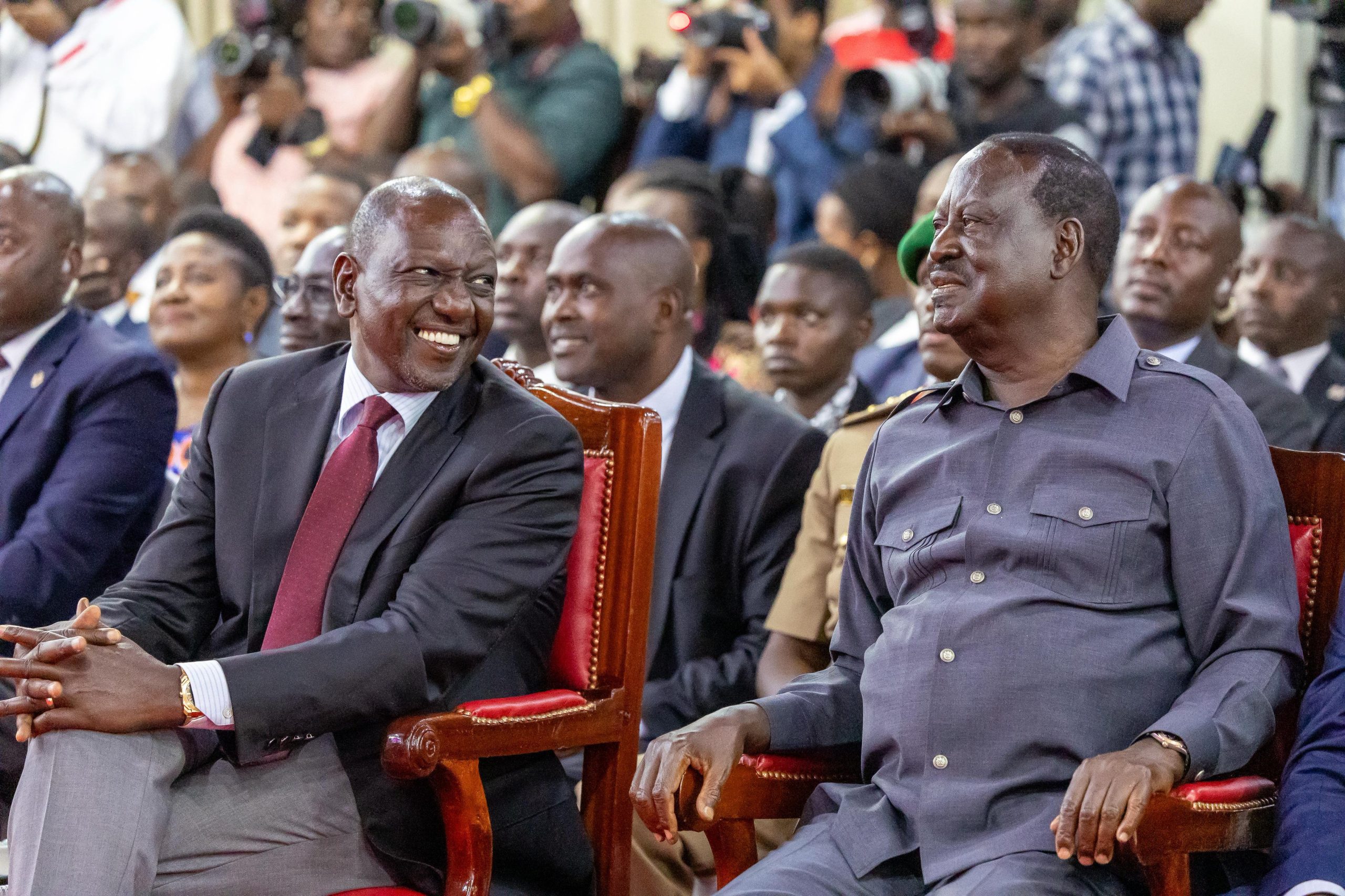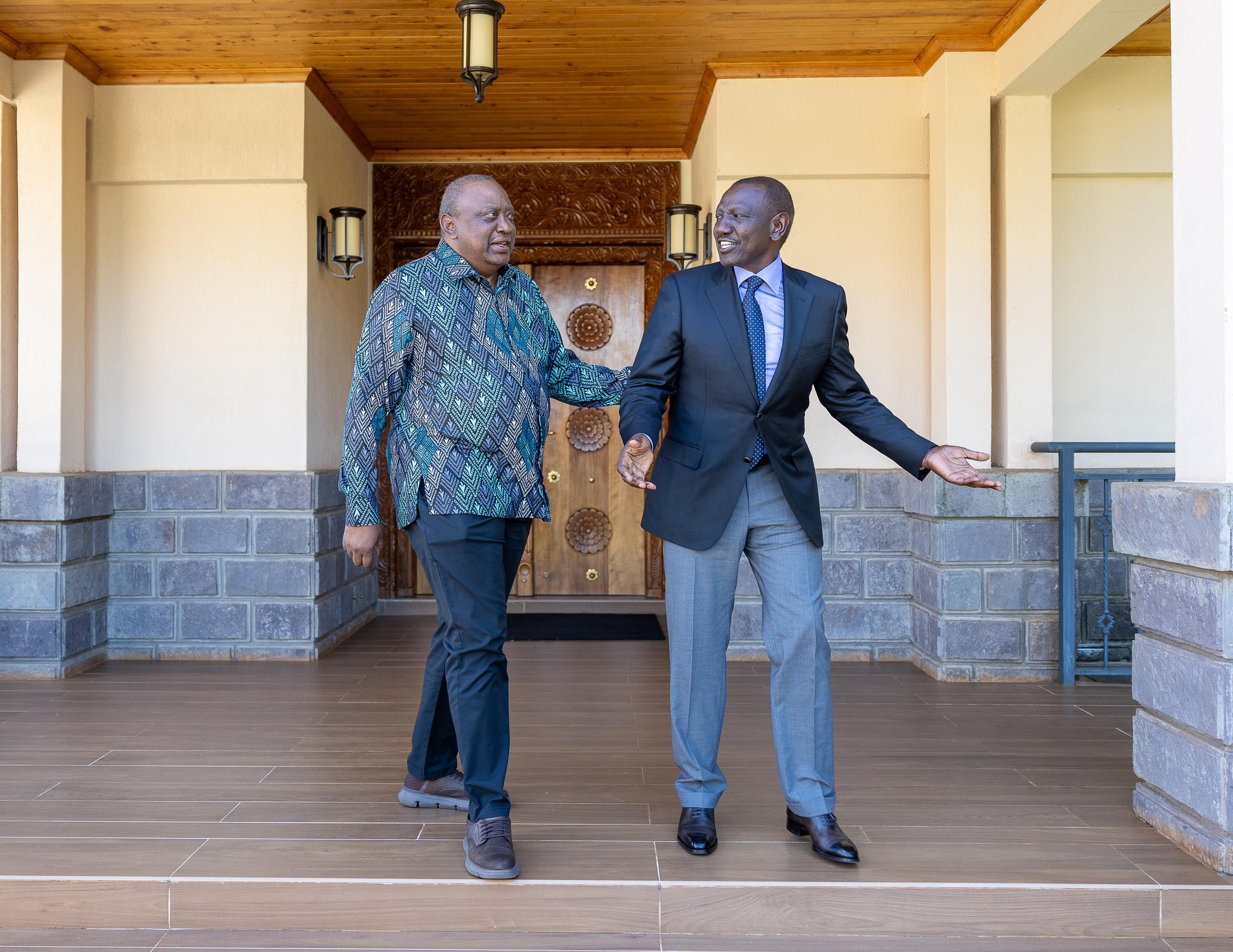TWV Political Editor
As Kenya approaches the 2027 General Election, President William Ruto appears to be drawing inspiration from the playbook of his political mentor, Daniel arap Moi, employing strategies to fragment the opposition and secure a second term.
To unlock the full article:
Choose one of the options below:
- Ksh 10 – This article only
- Ksh 300 – Monthly subscription
- Ksh 2340 – Yearly subscription (10% off)
Moi’s success in the 1992 multi-party elections, where he divided the Forum for Restoration of Democracy (Ford) into factions, Ford-K, Ford-Asili, and the Democratic Party (DP), enabled his Kenya African National Union (KANU) to triumph against a splintered opposition. Ruto, leveraging similar tactics, is reportedly using intelligence and political manoeuvring to ensure multiple candidates contest the presidency, diluting opposition strength and enhancing his re-election prospects.
In 1992, Moi’s intelligence operations sowed discord by convincing opposition leaders Kenneth Matiba, Mwai Kibaki, and Jaramogi Oginga Odinga to run separately, each believing they were the strongest contender. This fragmentation handed Moi a decisive victory. Today, Ruto is accused of replicating this strategy, encouraging former Deputy President Rigathi Gachagua to enter the 2027 race while dissuading Wiper Party leader Kalonzo Musyoka from accepting a deputy role, insisting he run independently. Additionally, efforts are underway to prevent reconciliation between Gachagua and former President Uhuru Kenyatta, with suggestions that Kenyatta back Fred Matiang’i as an opposition candidate. These moves aim to create a crowded field, ensuring no single opposition figure consolidates enough support to challenge Ruto effectively.
Ruto’s camp is also capitalising on Kenya’s ethnic and regional dynamics, a hallmark of Moi’s era. Analysts note that Ruto, a Kalenjin, is consolidating his base in the Rift Valley while targeting key voting blocs like Mt Kenya, where he has appointed influential figures such as Mutahi Kagwe and William Kabogo to cabinet roles to regain support lost after Gachagua’s impeachment. His alliance with Raila Odinga’s Orange Democratic Movement (ODM) further strengthens his position in Nyanza, potentially securing a significant vote share. Deputy President Kithure Kindiki has hinted at a formidable Ruto-Raila bloc, arguing it could overwhelm a divided opposition.
However, Ruto’s strategy faces challenges. Public discontent, fuelled by high taxation, economic hardship, and allegations of police brutality, has eroded his popularity. The 2024 Finance Bill protests, which claimed over 100 lives, highlighted widespread frustration, particularly among the youth, who demand accountability and economic relief. Opposition leaders, including Kalonzo, Gachagua, Martha Karua, and Matiang’i, are attempting to unite, with calls for a single opposition candidate to counter Ruto’s tactics. Political analyst Ken Opalo argues that a unified opposition, leveraging a “wave election” focused on economic issues, could challenge Ruto, but current disunity plays into his hands.
Ruto’s economic narrative, highlighting a drop in inflation from 9.6% to 3.8% and increased foreign reserves, aims to rebuild voter confidence. Programmes like the Affordable Housing initiative, creating over 250,000 jobs, and TaifaCare’s health coverage for 23.7 million Kenyans are touted as tangible achievements. Yet, critics argue these are overshadowed by perceptions of corruption and elitism, with posts on X alleging Ruto prioritises patronage over public welfare.
If the opposition remains fragmented, Ruto could secure a first-round victory, as Moi did, or negotiate post-election alliances in a runoff. His control over state resources and political networks gives him an edge, but rising public anger and a potential opposition coalition could disrupt his plans. As Kenya navigates this critical juncture, Ruto’s ability to balance strategic division with addressing public grievances will determine whether he emulates Moi’s longevity or faces a unified challenge in 2027.
[/full]




